Israeli and Palestinian leaders blamed each other for the deaths of at least 15 Palestinians in Gaza Strip on last Friday. cation.The UN envoy for Palestine Riyad Mansour told the council that more than 1,400 Palestinian civilians had been injured. It was the single deadliest day in the Israel-Palestine conflict since the 2014 Gaza war. The first to die was Omar Samour, a Palestinian farmer killed as he worked his land near Khan Younis early on Friday, before the protests began. Most of the other dead were shot dead at points along the length of the 65km fenced border, from Jabalia in the north to Rafah in the south.

UN analysis gives rise to a rather contradictory situation.The Israeli military said some had shot at them, rolled burning tyres and hurled rocks and fire bombs toward troops across the border. The Palestinian side accused Israel of using disproportionate force. Tanks and snipers were deployed, and witnesses said a drone was used to drop tear gas. Palestinian eyewitnesses said that in one spot, about 90 people cut through the security fence and confronted soldiers, with many being shot in the legs. Footage that emerged from the chaotic scene suggested Israeli soldiers targeted unarmed protesters, including some who were running away and were shot from a distance by snipers. Brig Gen Ronen told that Hamas, the militant group that controls Gaza, was using Palestinian protests as a cover for launching attacks on Israel.
Palestinian leader Mahmoud Abbas has said Israel bears “full responsibility” for bloodshed on Friday. Israel said eight of the 15 dead belonged to Hamas, a Palestinian Sunni-Islamic fundamentalist organization, and two others belonged to other militant groups. Hamas said five of them were members of its armed wing. Anyway, United Nations Secretary-General Antonio Guterres has called for an independent investigation into Friday’s bloodshed. His appeal was echoed by Federica Mogherini, the European Union’s foreign policy chief, Amnesty International, and by Tamar Zandberg, leader of Israel’s left-wing opposition party Meretz.
Thousands of Palestinians, on last Friday, were part of the mass protest along the Gaza border. Six-week protest pressing, which peaked at 30,000 participants, for a right of return for refugees and their descendents to what is now Israel, dubbed the Great March of Return. The protest, organized by Hamas and other Palestinian factions, was scheduled to culminate on May 15, the day Palestinians commemorate what they call the “Nakba” or “Catastrophe” when hundreds of thousands fled or were driven out of their homes in 1948, when the state of Israel was created. Israel, for its part, has long ruled out any right of return, fearing an influx of Arabs that would wipe out its Jewish majority. Peace talks to that end have been frozen since 2014.
We also have to see that last Friday was “Land Day” too, marking the 1976 killing of six Arab citizens by Israeli security forces during demonstrations against land expropriations. Anyway that Friday is also the beginning of the week-long Jewish Passover holiday. On Saturday Palestinians, in the occupied West Bank, observed a day of national mourning for those killed. Thousands of Palestinians attended funerals for some of the dead. A lot of people marched through the streets of Gaza. Palestinians also called a general strike. A few hundred protesters returned to a tent city put up near the border in preparation for the demonstration to resume.
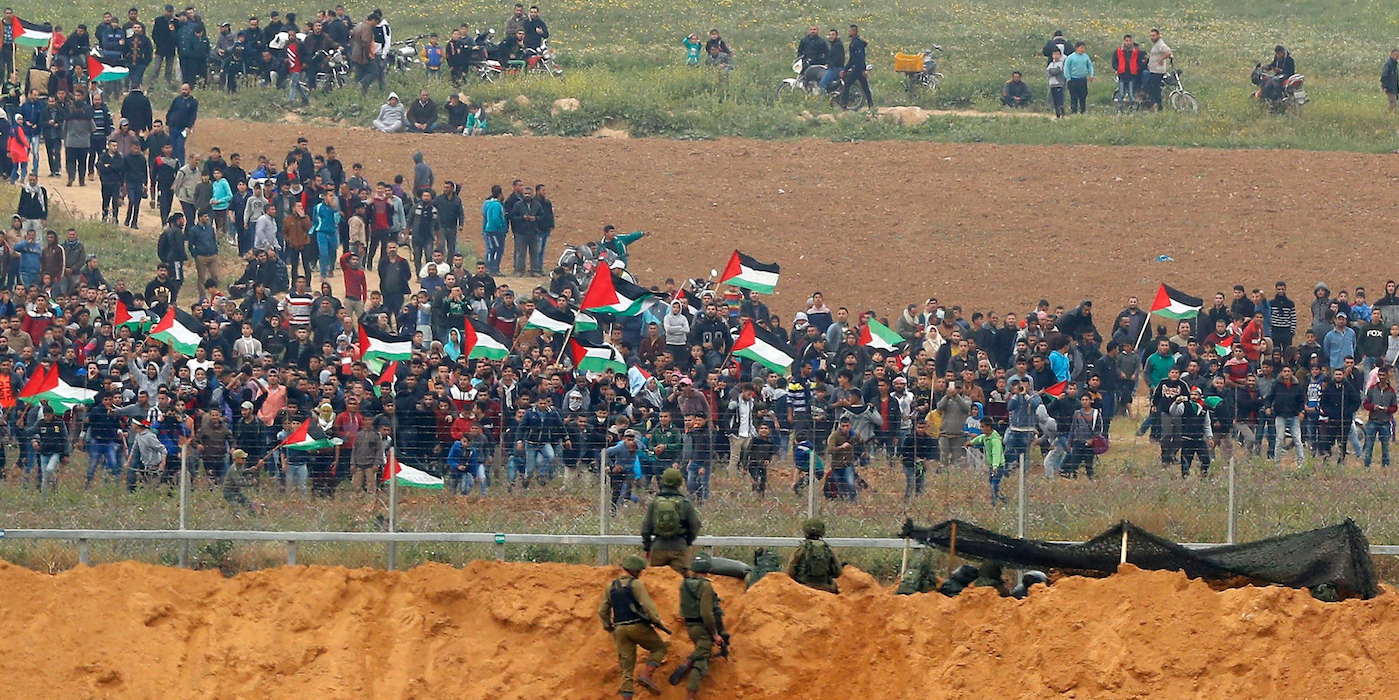
A picture taken on March 30, 2018 from the southern Israeli kibbutz of Nahal Oz across the border from the Gaza strip shows Palestinians participating in a tent city protest commemorating Land Day, with Israeli soldiers seen below in the foreground.
Land Day marks the killing of six Arab Israelis during 1976 demonstrations against Israeli confiscations of Arab land. / AFP PHOTO / Jack GUEZ (Photo credit should read JACK GUEZ/AFP/Getty Images)
The protests come also amid growing tensions over President Donald Trump’s recognition of Jerusalem as Israel’s capital. Mahmoud Abbas severed all official contact with the White House in December after Trump announced plans to move the U.S. Embassy to Jerusalem from Tel Aviv.Nnew U.S. embassy in Jerusalem is slated to open, on the 70th anniversary of Israel’s independence. Furthermore Ramadan, the Muslim holy fasting month that often sees a surge in Palestinian attacks, also begins May 15.
The struggle to recognize Palestine is punctuated by peaceful and violent acts, by negotiations but also by no dialogue. Senior Hamas leader Ismail Haniyeh, appearing at the protests tent camps Friday, presented the march as a rebuke to the U.S. peace effort and said it marks the beginning of the Palestinian return to all of what is now Israel. “The Great March of Return is a message to Trump that there is no concession on Jerusalem, no alternative to Palestine, and no solution but to return,” Haniyeh said.
Gaza’s Passover massacre joins in a long list of Palestinians resistance that has been met with violence and repression by Israel and the European Union has recalled again its demand to the Palestinian Authority Government to meet and implement some principles of non-violence like recognition of Israel’s right to exist. It is true that the principles of non-violence and unity are the only way in which we can find solutions and make progress in the negotiations but unlike the Gandhi non-violent ideology, the Palestinian one is believed less because of the severe doctrine of Islamic religion, very different from Hindu and Buddhist filosophy.


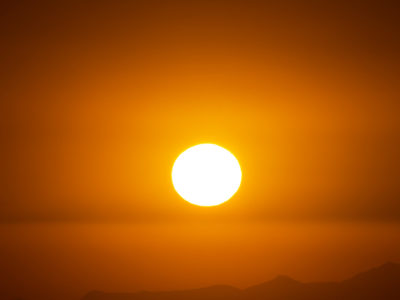
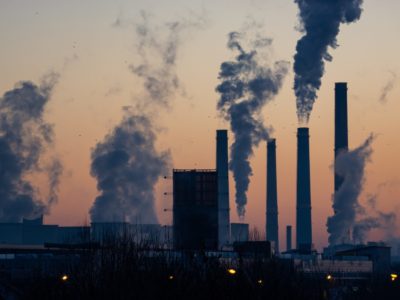
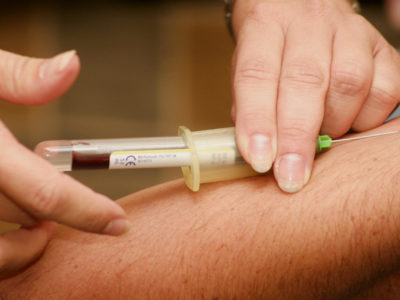
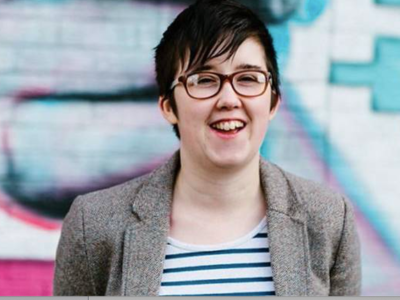

1 comment for “The Passover massacre in Gaza, the long history of Palestinian resistance”